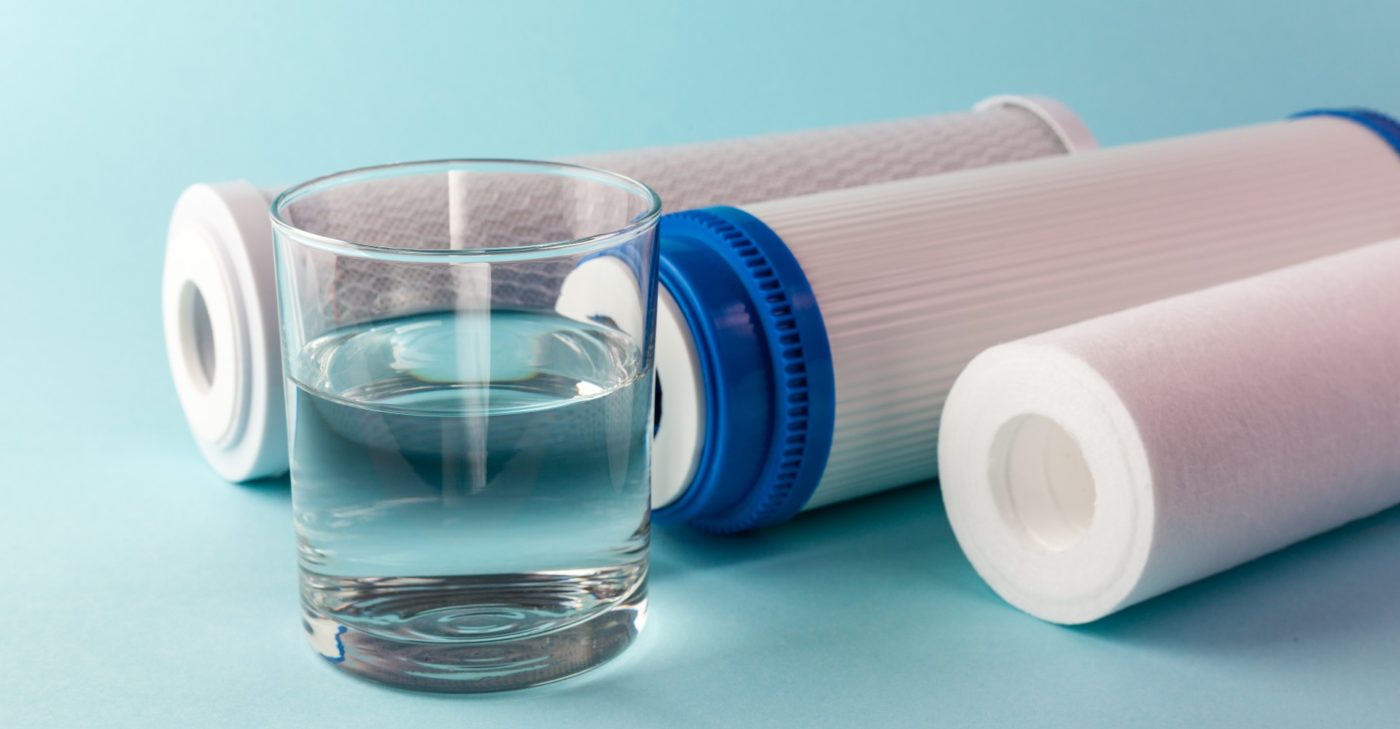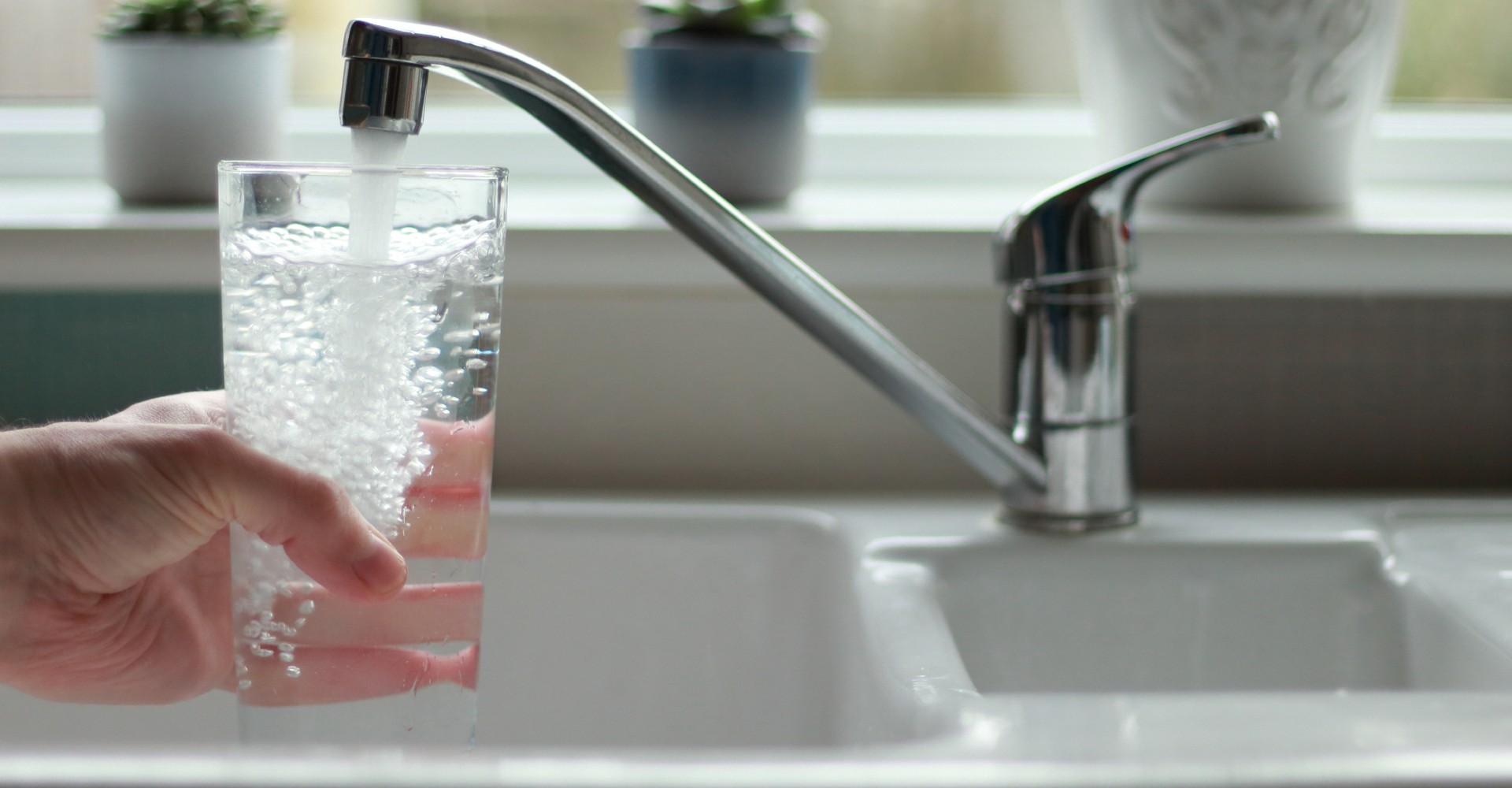Lead poisoning is typically associated with lead-based paint, but it can also be found in numerous unexpected places like drinking water. Ever since the Flint water crisis made headlines in 2014, more and more people have become aware of the risks of drinking lead-contaminated water.
The effects of lead poisoning are dangerous and harmful, especially in young children. People may experience nausea, pregnancy complications, developmental delays, and more. No one wants to deal with the symptoms of lead poisoning, so what can you do to reduce your risk of being exposed to lead in drinking water? Read on to learn how lead can contaminate water, what you can do to reduce lead levels, and steps to take if you get infected.
How Does Lead Get Into Drinking Water?
Nowadays, lead in drinking water is far less common than it was a hundred years ago. Thanks to the Environmental Protection Agency’s (EPA) Safe Drinking Water Act, lead exposures have decreased drastically.
But even still, lead can appear in drinking water if water travels through lead service lines that connect a home to the main water line. Even homes without lead service lines may have other items soldered with lead, such as:
- Brass or chrome-plated brass faucets
- Galvanized iron pipes
- Lead-lined water tanks
Lead can infiltrate drinking water when a particular chemical reaction happens in plumbing materials containing lead. This reaction is known as corrosion, which dissolves or wears away metal from pipes and fixtures. Water with high acidity or low mineral content can cause more severe corrosion. How much lead ultimately enters the water is based on:
- Acidity or alkalinity of the water
- Types and amounts of minerals in the water
- Amount of lead the water comes in contact with
- Level of wear on the pipes
- Water temperature
- Length of time the water stays in pipes
- Presence of protective scales or coatings in the pipes
Steps You Can Take to Reduce Lead in Water
No safe blood level of lead has been identified for young children, meaning all lead exposures are considered dangerous. Lead is a toxic metal that can accumulate in the body over time. Unfortunately, you cannot see, smell, or taste lead in drinking water. Since lead is not noticeable to the naked eye, you need to test for the presence of lead if you have any suspicion of it, such as living in a house built before 1978.
Thankfully, there are steps you can take to reduce lead levels in your drinking water. Begin by having your water tested by a professional, and then take the necessary steps afterward.
1. Get Your Water Tested
After moving into a new house or apartment and identifying that you have a suspicion of lead, you must contact your water company to determine if the pipe that connects your home to the main water line is made from lead. Your water company will also be able to provide information about the lead levels in your drinking water.
Next, call your local health department to schedule a water test. Lead water testing typically costs between $20 and $100, but some cities and states offer free or reduced-cost programs. An official water test will confirm the lead levels in your water. When collecting samples for testing, make sure to avoid turning on the water in your home for at least six hours before sampling.
2. Let Your Water Run
Certain cities have local ordinances about flushing tap water if it hasn’t been turned on for several hours. If it is confirmed that you have a lead presence in your water, be sure to flush your home’s pipes before drinking any water. You can flush your pipes by:
- Letting the tap water run
- Taking a shower
- Doing laundry
- Running the dishwasher or handwashing dishes
The amount of time to run the water will depend on specific circumstances, such as the length of the lead service line in your home. Your water utility company will recommend how long to run water before it’s safe to drink.

3. Use a Certified Filter
Another way you can reduce lead in water is to use a filter that is certified to remove lead. Look for a filter that has an NSF/ANSI standard 53 for lead removal. When using these filters, it is essential to properly install and replace the cartridge when needed. If you use a cartridge after it has expired, it will be significantly less effective at removing lead. Never pour hot water through a filter.
4. Only Use Cold Water
Lead levels can be reduced in drinking water by only using cold water for drinking, cooking, and mixing baby formula. While it is commonly thought that hot water is cleaner, that anecdote does not apply to lead. Boiling water does not remove lead from water. Warm and hot water is more likely to contain elevated levels of lead. It is worth mentioning that showering in lead-contaminated water does not cause lead poisoning. The only way lead can cause poisoning through water is by ingesting it.
What to Do if You Drink Contaminated Water
Even when you follow all safety recommendations, lead exposure can still occur. If you think you or your child has been exposed to lead in drinking water, you must immediately contact your healthcare provider. Most people who experience lead exposure do not show symptoms.
Regardless of whether you have symptoms, the best way to confirm lead exposure is through a blood lead test. Your doctor will help you decide if you need to take a blood lead test, and they will recommend follow-up steps for you or your child. It is vital to visit a healthcare provider as soon as possible because damaging effects from lead typically worsen when blood lead levels increase.
Stay Educated and Contact Your Legislators
It is essential for everyone to be aware of the risks of lead poisoning and have lead safety resources on hand. If your home has lead pipes, be sure to stay in contact with your water company and local health department. Follow all recommendations to reduce lead levels in your drinking water to keep you and your family safe.
One day, the EPA hopes to eradicate childhood lead exposure. To get to that point, it’s critical to urge those with power and agency to take actionable steps. Express any concerns you have about lead exposure to your city officials and encourage them to fund water infrastructure improvement projects to keep your community safe.


